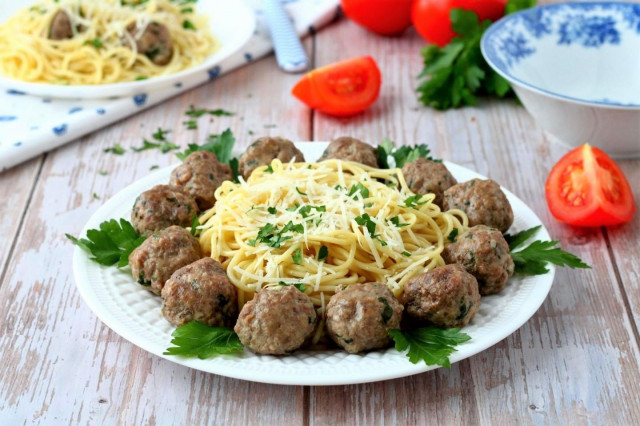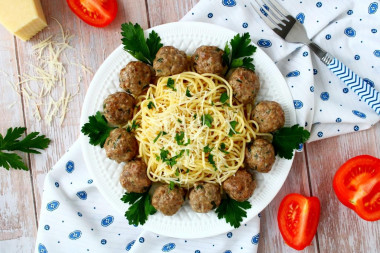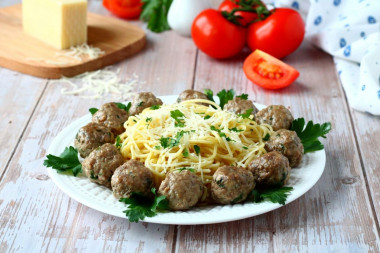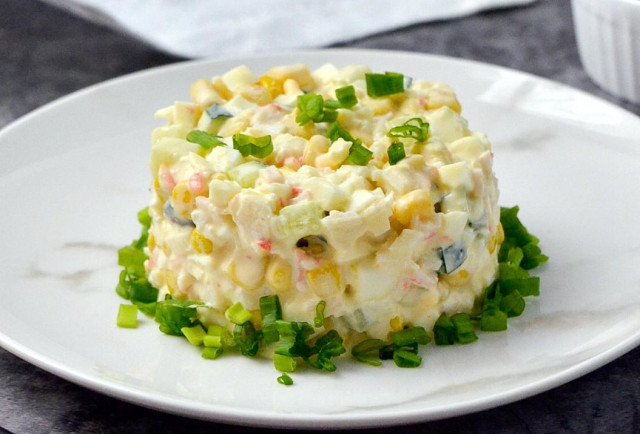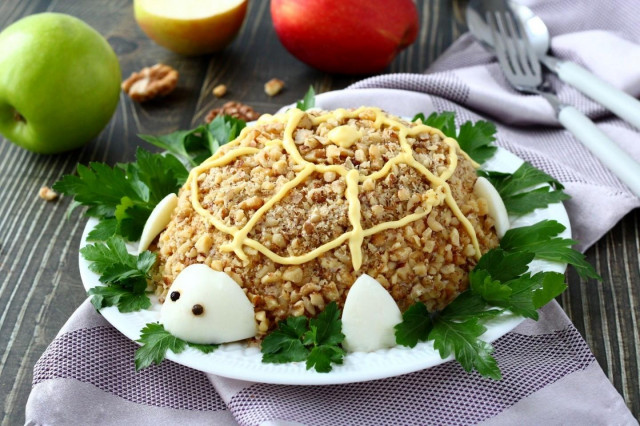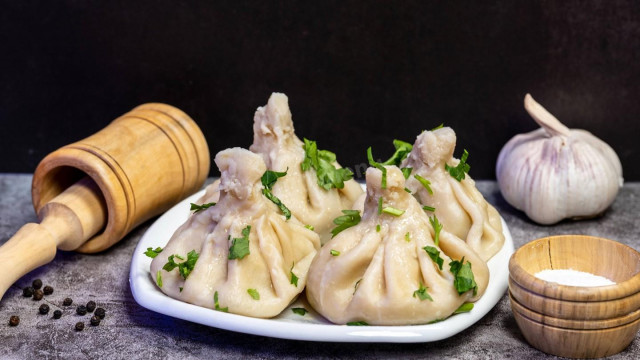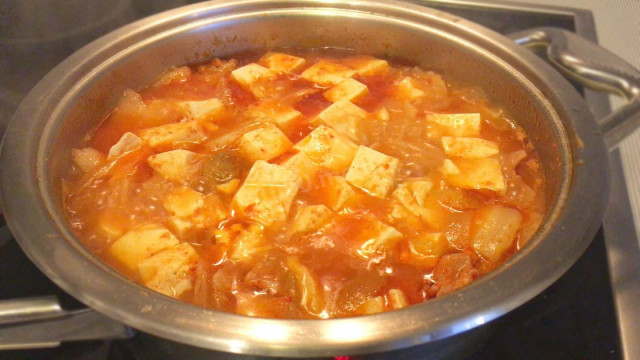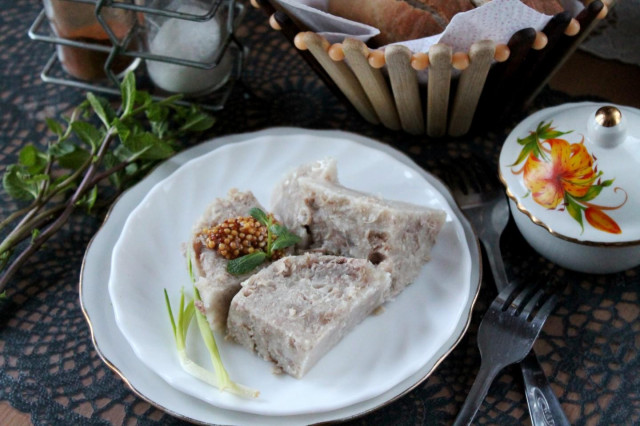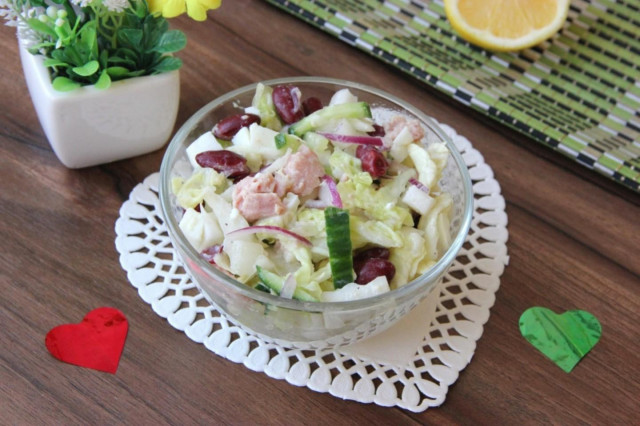Composition / ingredients
Step-by-step cooking
Step 1:
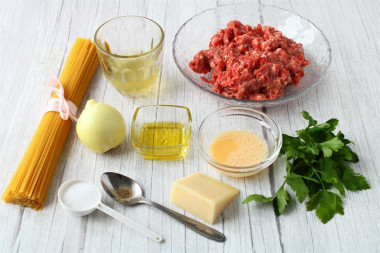
How to make spaghetti with meatballs from minced meat? Prepare the necessary products. You can use any minced meat: pork, beef or mixed. I have pork and beef. Olive oil can be replaced with any odorless vegetable oil. Any hard cheese can be an alternative to parmesan. Choose spaghetti from durum wheat.
Step 2:
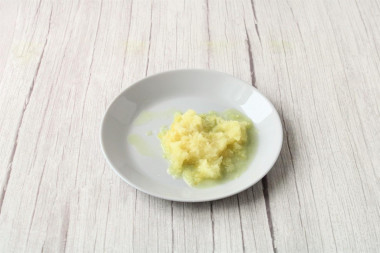
Make meatballs first. Peel and wash the onions. Chop the onion on a fine grater.
Step 3:
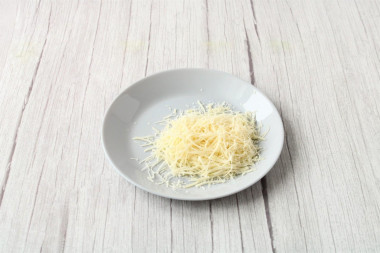
Grate parmesan or other hard cheese on a fine grater.
Step 4:
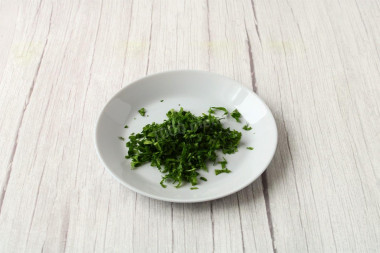
Wash the parsley, dry it, chop it finely.
Step 5:
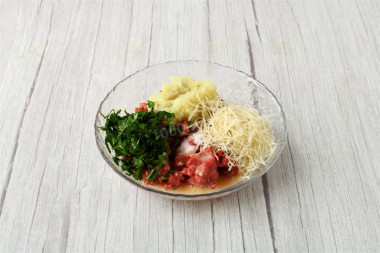
In a suitable sized bowl, combine the minced meat, egg, chopped onion, cheese and herbs. Add ground black pepper, salt, mix well.
Step 6:
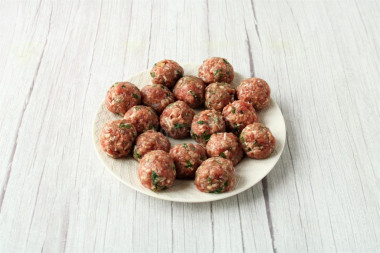
Shape the minced meat into small meatballs.
Step 7:
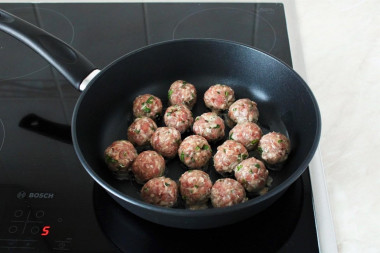
Heat 1 tablespoon of olive oil in a frying pan, lay out the meatballs. Fry them over medium heat until light brown, which will retain all the juiciness of the minced meat inside.
Step 8:
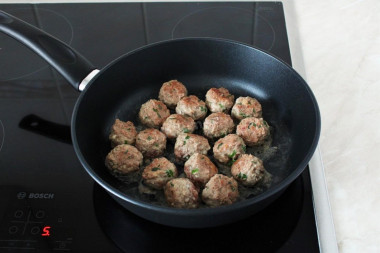
At the same time, turn the meatballs so that they are browned evenly from all sides.
Step 9:
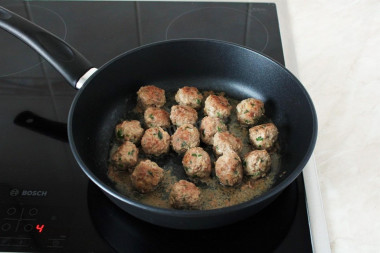
Pour the broth into the pan. You can take any broth. If there is no broth, add a little water. Simmer the meatballs under the lid on low heat for 10 minutes, stirring occasionally. During this time, the meatballs will be ready. Do not remove the meat juice released during stewing from the pan.
Step 10:
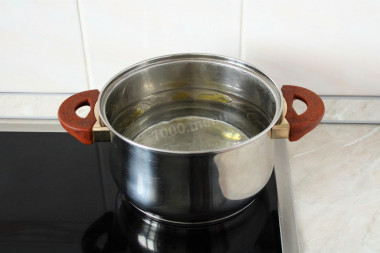
Cook the spaghetti in parallel. In a suitable-sized saucepan, boil water. Add salt to the water, add 1 tablespoon of olive oil.
Step 11:
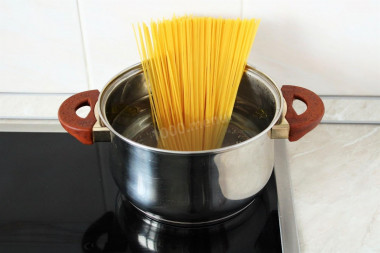
Dip the spaghetti in boiling water. Cook the spaghetti over moderate heat, stirring occasionally, until al dente, that is, slightly undercooked. The recommended cooking time can be read on the spaghetti package.
Step 12:
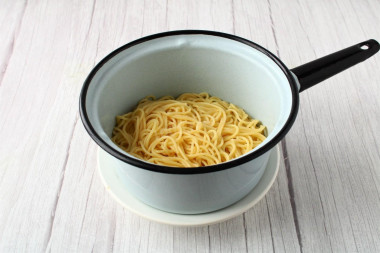
Flip the spaghetti into a colander to drain the water.
Step 13:
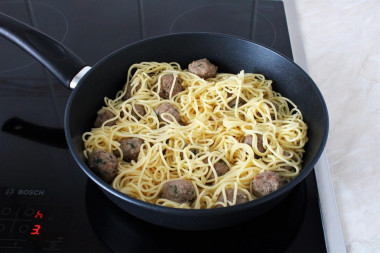
Put the spaghetti in the pan with the meatballs, mix. Warm up the spaghetti with meatballs for 1-2 minutes.
Step 14:
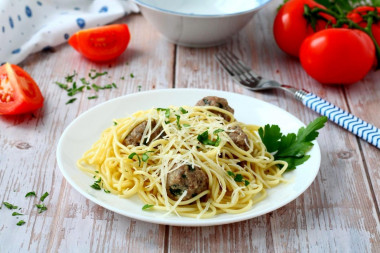
Before serving, sprinkle the spaghetti with meatballs with the remaining parmesan and chopped herbs. Enjoy your meal!
How to boil pasta properly? Take a spacious saucepan, pour water at the rate of 100 grams of pasta 1 liter of water. The main thing is that the products float freely in the liquid. Add salt to taste. Bring the water to a boil. It is important to put the pasta in boiling water, otherwise they may stick together. Cook over medium heat, stirring occasionally, until fully cooked or al dente (cooking time is always indicated on the package). Put the finished pasta in a colander and let the liquid drain. It is not necessary to rinse the finished pasta with water. If you do not plan to immediately mix the pasta with the sauce, then in order to avoid sticking hot pasta, you can send them from the colander back into the pan and add a teaspoon of olive oil (or a piece of butter)and mix gently.
Use oil with a high smoking temperature for frying! Any oils are useful only until a certain temperature is reached - the point of smoking, at which the oil begins to burn and toxic substances, including carcinogens, are formed in it.
Unrefined oils, with rare exceptions, have a low smoking point. There are a lot of unfiltered organic particles in them, which quickly begin to burn.
Refined oils are more resistant to heating, and their smoking point is higher. If you are going to cook food in the oven, on a frying pan or grill, make sure that you use oil with a high smoking point. The most common of the oils with a high smoking point: refined varieties of sunflower, olive and grape.
Caloric content of the products possible in the composition of the dish
- Chicken egg - 157 kcal/100g
- Egg white - 45 kcal/100g
- Egg powder - 542 kcal/100g
- Egg yolk - 352 kcal/100g
- Ostrich egg - 118 kcal/100g
- Ground black pepper - 255 kcal/100g
- Parsley greens - 45 kcal/100g
- Mixed minced meat - 351 kcal/100g
- Salt - 0 kcal/100g
- Water - 0 kcal/100g
- Onion - 41 kcal/100g
- Olive oil - 913 kcal/100g
- Parmesan cheese 45% fat content - 389 kcal/100g
- Broth - 15 kcal/100g
- Spaghetti - 338 kcal/100g

